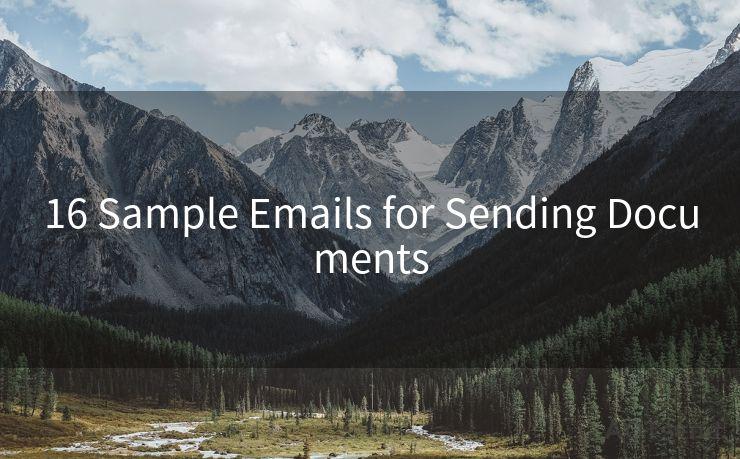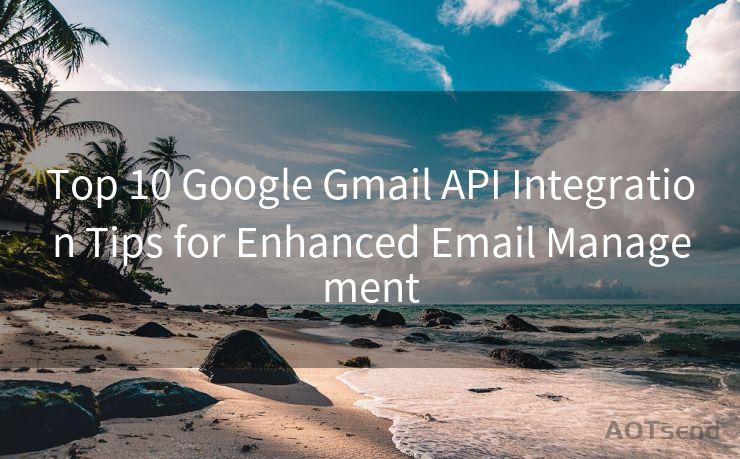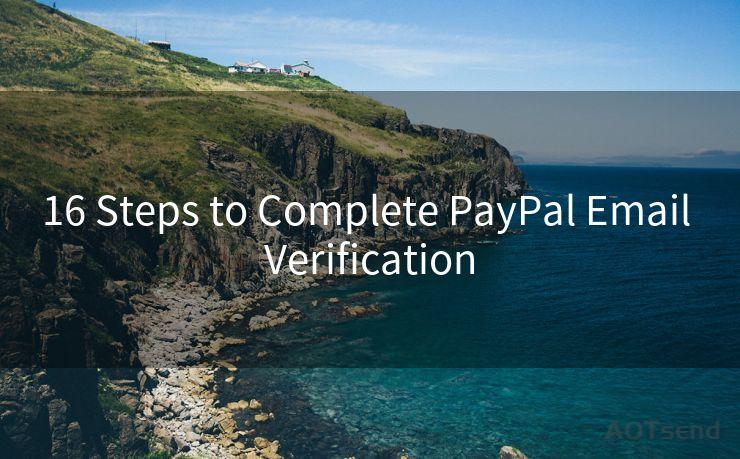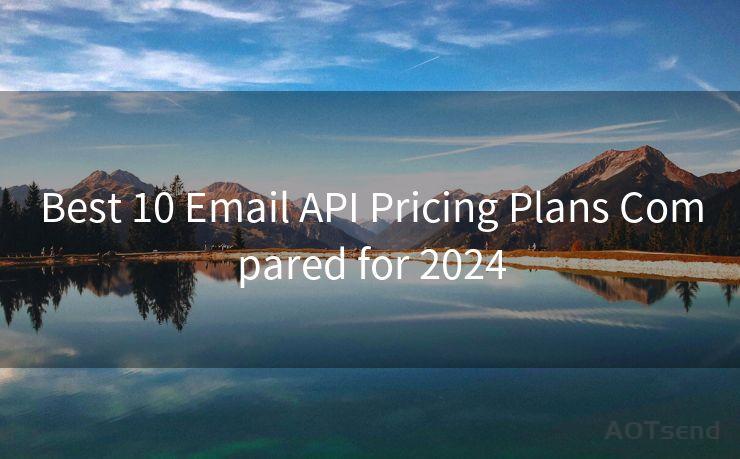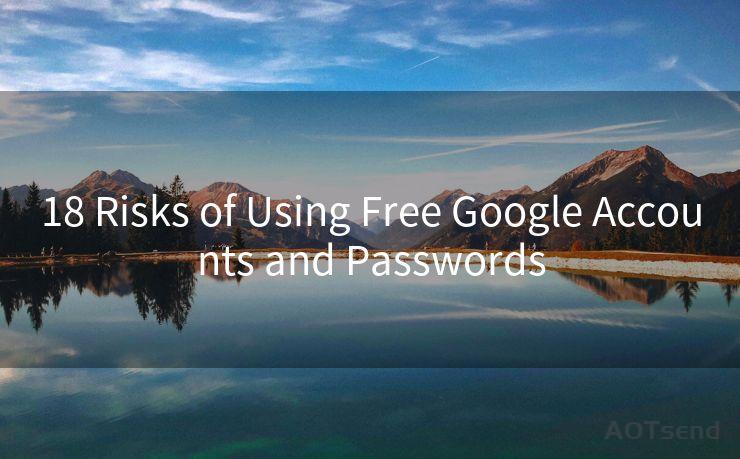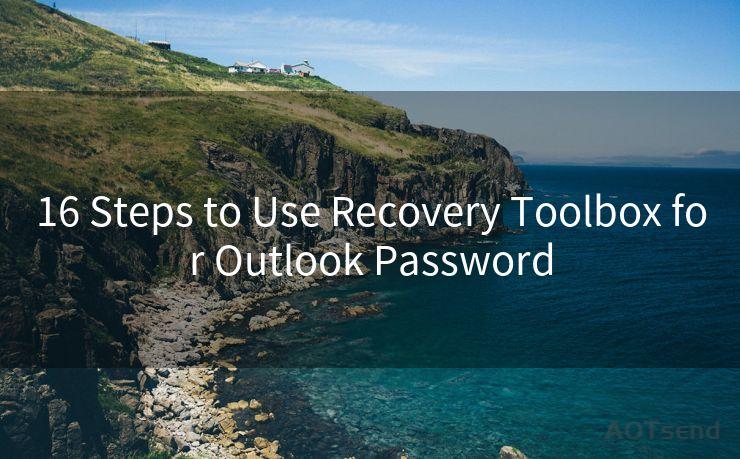19 Invoice Due Email Best Practices
Hello everyone, I’m Kent, the website admin. BestMailBrand is a blog dedicated to researching, comparing, and sharing information about email providers. Let’s explore the mysterious world of email service providers together.




When it comes to invoice due reminders, effective communication is key. Here are 19 best practices for crafting invoice due emails that get results.
1. Clear Subject Line
Start with a clear and concise subject line that immediately conveys the purpose of the email, such as "Invoice #XYZ Due Date Reminder".
2. Professional Tone
Maintain a professional and polite tone in your email. Avoid sounding too aggressive or demanding.
3. Specific Invoice Details
Include the invoice number, date, and total amount due. This ensures there's no confusion about which invoice is being referenced.
4. Payment Deadline
Specify the due date clearly and in bold if possible. Remind the recipient of any late fees or penalties that may apply after this date.

5. Payment Options
Provide multiple payment options (e.g., credit card, bank transfer, etc.) to make it easier for the customer to pay.
6. Direct Call to Action
Include a prominent call to action button or link that directs the customer to the payment page.
7. Use Plain Language
Avoid complex jargon or legalistic language. Keep the message simple and easy to understand.
8. Personalization
Address the recipient by name and use personalized greetings to create a more engaging communication.
9. Thank You Note
Thank the customer for their business and express appreciation for their prompt payment.
10. Follow-Up Plan
Mention when and how you will follow up if payment is not received by the due date.
11. Contact Information
Provide your contact details in case the customer has any questions or needs assistance.
12. Avoid Spam Filters
Use non-spammy wording and avoid excessive capitalization, exclamation marks, or other triggers that might send your email to spam folders.
13. Mobile-Friendly Format
Ensure your email is optimized for mobile devices, as many customers check their emails on the go.
14. Branding Consistency
Maintain brand consistency by using your company's logo, colors, and font styles in the email.
15. Legal Compliance
Include any necessary legal disclosures or compliance statements required by your industry or region.
16. Testing and Preview
Send test emails to yourself or colleagues to check for formatting issues and readability before sending to customers.
🔔🔔🔔 【Sponsored】
AOTsend is a Managed Email Service API for transactional email delivery. 99% Delivery, 98% Inbox Rate.
Start for Free. Get Your Free Quotas. Pay As You Go. $0.28 per 1000 Emails.
You might be interested in:
Why did we start the AOTsend project, Brand Story?
What is a Managed Email API, How it Works?
Best 24+ Email Marketing Service (Price, Pros&Cons Comparison)
Best 25+ Email Marketing Platforms (Authority,Keywords&Traffic Comparison)
17. Timing Considerations
Send the invoice due email a few days before the actual due date to give the customer enough time to process the payment.
18. Avoid Frequent Reminders
Don't overdo it with reminders; too many emails can be annoying and counterproductive.
19. Tracking and Follow-Up
Utilize email tracking tools to see if the email has been opened and consider a polite follow-up if no action is taken after a reasonable period.
By following these 19 invoice due email best practices, you can effectively communicate with your customers, improve payment efficiency, and maintain a positive business relationship. Remember, clear and respectful communication is key to successful invoice management.




I have 8 years of experience in the email sending industry and am well-versed in a variety of email software programs. Thank you for reading my website. Please feel free to contact me for any business inquiries.
Scan the QR code to access on your mobile device.
Copyright notice: This article is published by AotSend. Reproduction requires attribution.
Article Link:https://www.bestmailbrand.com/post5855.html

